A Fresh Re-mastering of Elliott Smith’s ‘Figure 8’ Rights the Ship After a Lackluster ‘XO’
THIS RE-MASTER OF ‘FIGURE 8’ OPENS UP NEW VISTAS IN THE MUSIC — UNLIKE THE LAST EDITION OF ITS PREDECESSOR, ‘XO’
To peer through the lens of one of Elliott Smith’s key influences for a moment: everyone knows when an artist has made their Rubber Soul, White Album, or Let It Be. Rubber Souls are transitional — exotic, quixotic dispatches from early creative growth spurts. White Albums are post-genre, post-everything info dumps — essentially kits that dare you to build your own record. As for a band’s eventual demise, Let It Bes show the writing on the wall. And then there’s Sgt. Pepper — gilded, progressive, overstuffed, candy-coated, kaleidoscopic.
Which describes 2000’s Figure 8 — the last album Smith recorded before his death three years later — to a tee. The former Kill Rock Stars signee, who connected with legions through quietly sophisticated melodies and a handmade, lo-fi delivery, was now as hi-fi as he’d ever get. And he was ready to take his biggest swing yet.
Tracked at Sunset Sound and — fittingly — Abbey Road Studios, Figure 8 is by far Smith’s most expansive and technically refined album. Gone were the whispery four-track takes and ambient apartment noise. In their place: grand pianos mic’d like cathedral organs, Chamberlin swells, Mellotron flutes, stacked harmonies sharp enough to punch through glass.
A revolving cast of ringers — including longtime collaborators Jon Brion, Joey Waronker, and Quasi and Heatmiser’s Sam Coomes — fleshed out the arrangements with crisp drum lines, shimmering Wurlitzers, and lush, unhurried string parts. Every corner of the stereo field holds something: a backward guitar lick, a blurred piano phrase, a filigree of multitracked vocals — a master craftsman folding himself deeper and deeper into the mix.
Highlights like the galumphing “Junk Bond Trader,” the phantasmagoric “Everything Means Nothing to Me,” and the relentlessly escalating “Can’t Make a Sound” showcased not just a bigger budget, but Smith’s evolving complexity as a performer and arranger.
But much like Sgt. Pepper, these qualities cut both ways. And like the circuitous loops carved into ice by a figure skater — the shape that gave the album its name — Figure 8’s legacy feels like one long caveat: a qualifier, a condition, a hedge.
On both albums, emotional specificity and personal vulnerability are dialed back or rendered fractured and dreamy — the point isn’t heart-to-heart communion, but the ride itself. To some listeners, the polish felt distancing. Some argued the songwriting had lost its psychological edge; others missed the intimacy — the feeling of a secret being whispered in your ear, making the hair on your neck stand up.
The early reviews reflected that divide. Most were positive. NME declared it Smith’s best album yet. “The record is not a disappointment, it’s a progression,” wrote Spin. AllMusic hedged its praise: “All things considered, even if it is a very impressive statement overall, Figure 8 isn’t quite the masterpiece it wants to be.” Pitchfork was harsher: “Oh, Elliott. Are things really that bad?” the review began, calling the tack-piano-led “In the Lost and Found (Honky Bach)” “a giant, airy studio disaster,” with a sound “like someone dropped a reverb bomb by the mic.” The verdict crescendoed with a particularly cruel line: “In the grand scheme of things... you only need to hear so much Elliott Smith before you get the point.”
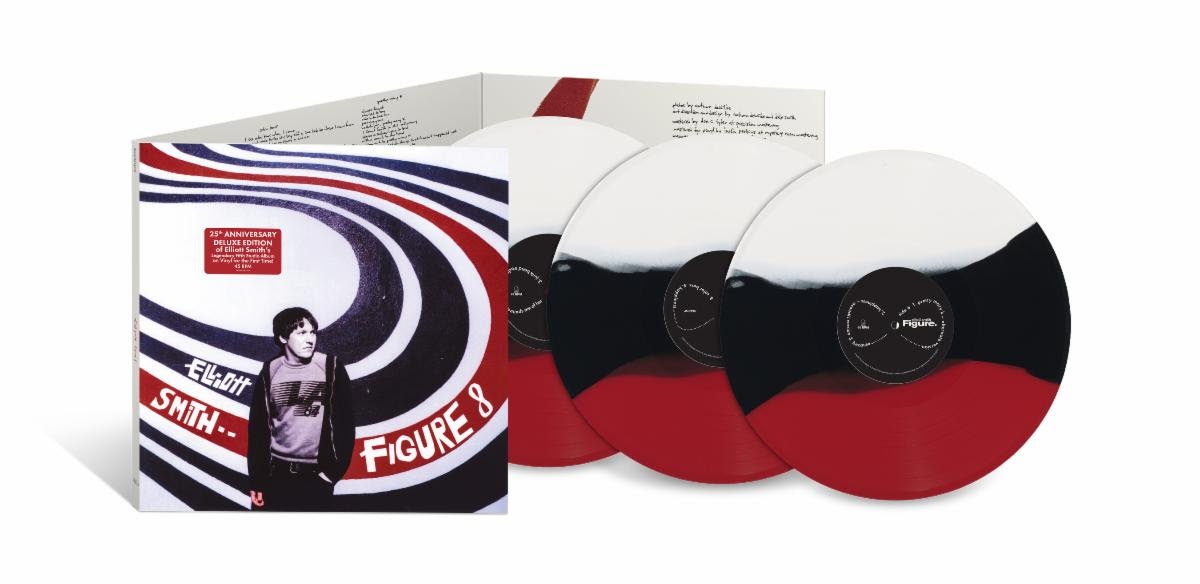
And yet, some days, Figure 8 — released 25 years ago this year — is the one I reach for first. While Either/Or may be his most magical front-to-back listen, it can feel diaphanous — so fragile it threatens to float away. XO, his first fully professional, major-label recording, was a career-defining leap, but Smith sometimes sounds tentative — newly budgeted and slightly overwhelmed by the possibilities.
Figure 8, by contrast, is the first and only time he fully embraced the potential of the studio — and ran wild with it. The result is one of Smith’s most engaging, accessible, and compulsively listenable albums. And unlike even the beloved XO, the quality control is consistently high — no out-and-out turkeys like “Amity.”
All that ear candy meant I was nervous to spin the new vinyl pressing of Figure 8, shipping July 8 on an attractive, tri-color opaque white, black and red triple 45 rpm vinyl. The first Figure 8 (Deluxe Edition) vinyl, originally released digitally in 2019, follows Interscope Vinyl Collective’s 2024 pressing of XO (Deluxe Edition) — which was something of a fiasco. I panned it in the pages of Tracking Angle last summer. As I wrote: “With much of their space and dynamics vacuumed out, it’s harder to feel these songs, to connect with an artist who invites the deepest, most intimate communion.”
As always for this site, I listened to the new pressing of Figure 8 in Tracking Angle editor-in-chief Michael Fremer’s basement studio in New Jersey. This time, we used his Wilson Benesch Prime Meridian turntable. We began with an original 2000 pressing on Bong Load Records, the boutique indie co-founded by Smith’s producers Tom Rothrock and Rob Schnapf — best known for early Beck releases, and the label DreamWorks enlisted at a time when most majors were abandoning vinyl altogether.
The original pressing — scarcely played — started out strong. The strutting opener “Son of Sam” was creamy and satisfying, with ample breathing room. The drums — played by multi-hyphenate Smith himself — sounded spacious and authoritative. But the audio quality dipped as it went along: Smith’s tinkling keys on “In the Lost and Found” came off more irritating than inviting. “Stupidity Tries” also fell flat, its culmination crumpling and losing impact in a very XO way.
In short: not a great listening experience. But oh, this Figure 8 is. Whatever the reason, Interscope/UMe appear to have reversed course in the wake of the XO pressing and fixed just about everything — which is noteworthy, as both were mastered for vinyl by Justin Perkins at Mystery Room Mastering, with lacquers cut by Ryan Smith at Sterling Sound.
Credit where it’s due: what was broken has been fixed. Every element of “Son of Sam” felt clarified — the refreshed kick, snare, and chewy rhythm guitar were especially satisfying. The fingerpicked acoustic guitars on Smith’s winking kiss-off “Somebody That I Used to Know” suddenly developed their own character — string buzzes and all. The sometimes-maligned “In the Lost and Found (Honky Bach)” — a song I adore — felt beautifully laid-back rather than borderline clanging. “Stupidity Tries” — a favorite deep cut, but never my favorite mix — improved immeasurably.
If I have one critical note on this edition of Figure 8: on quiet, 45rpm vinyl, the sound opens up dramatically, but I was left missing a certain CD-era, condensed punch — obviously a bad thing if overdone, but part of how I remember these records sounding. Luckily, the digital edition lacks none of the music’s visceral impact.
Figure 8 (Deluxe Edition) includes some bonus tracks, most of which I’d never heard. After “Bye” leads into a watery piano cover of “Figure 8” from Schoolhouse Rock! — the song which, it is said, titled the album — we’re treated to the power-pop outtake “A Living Will,” which is as good or better than roughly a fourth of Figure 8.
A burbling acoustic version of “Son of Sam” is a welcome companion, reflecting Smith’s breathtaking Figure 8-era performance on the aborted Jon Brion Show (the best thing on YouTube, for my money — and directed by P.T. Anderson). The spun-out, Chris Bell-like ballad “I Can’t Answer You Anymore” doesn’t quite catch fire, but a looser, more natural take on “Pretty Mary K” improves on that song dramatically. A gorgeous acoustic version of “Happiness” — one of Smith’s finest songs — leads into his celestial, a cappella cover of “Because.” By who else? The Beatles.
Sgt. Peppers are funny things. They almost beg you to take them down a notch. In isolation, some of its songs are B or C-tier. But as a cumulative sonic experience, it’s the most complete journey an artist can take you on. And thankfully, Figure 8 sounds better than ever. Hope you enjoy the show. Or, as Smith sang therein, “a world within a world.”



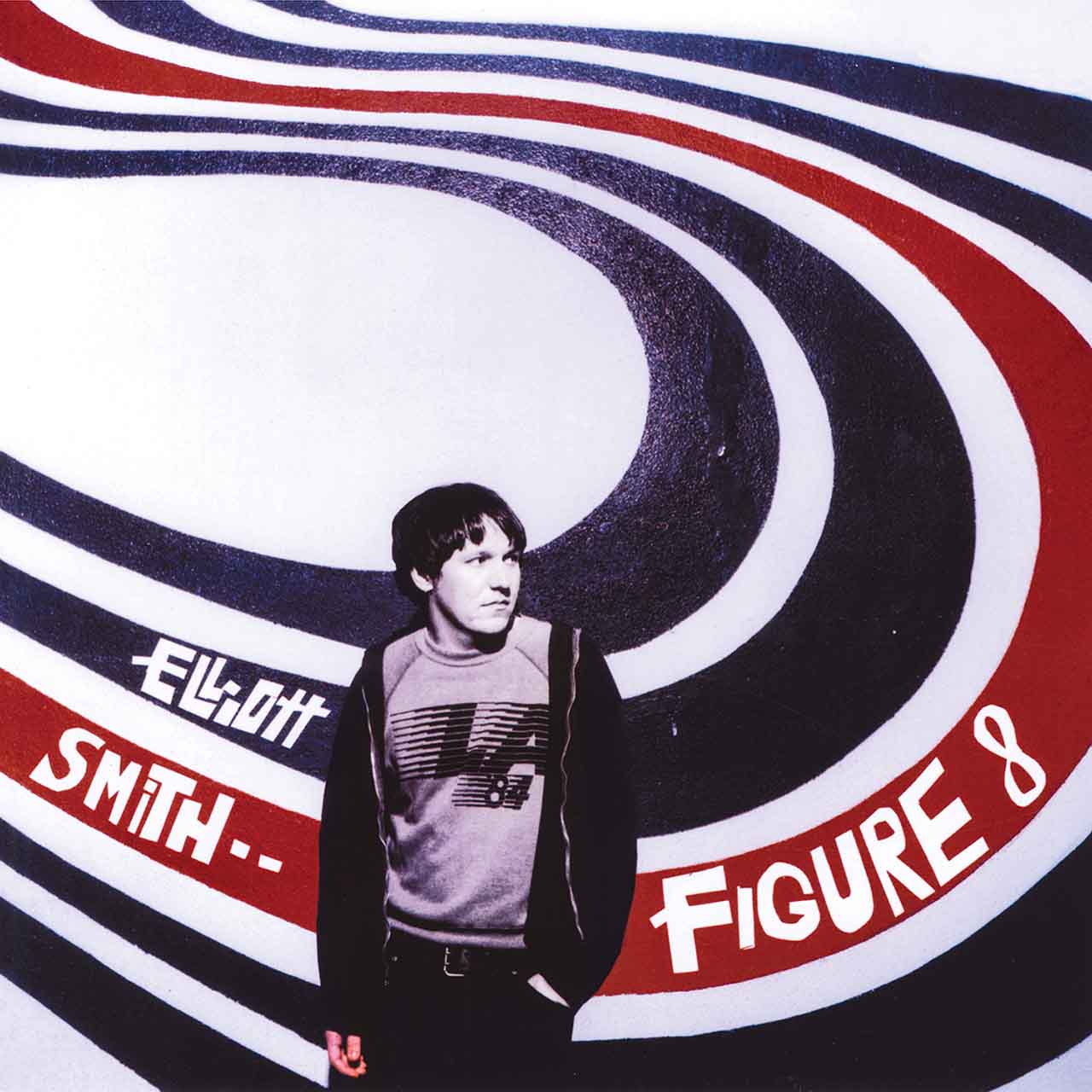






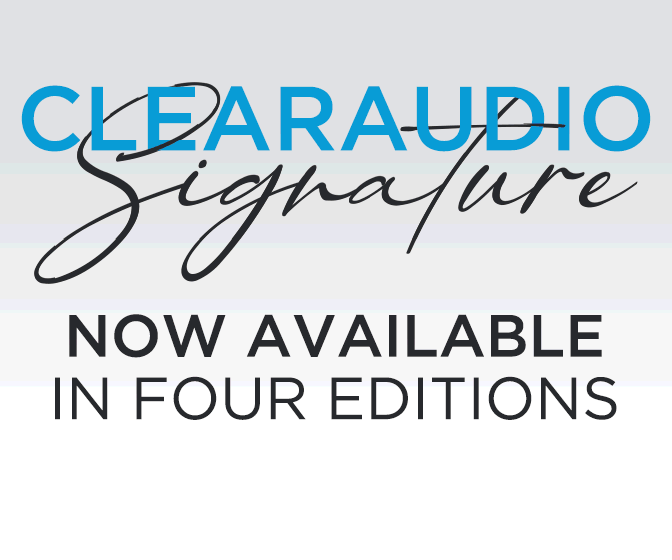


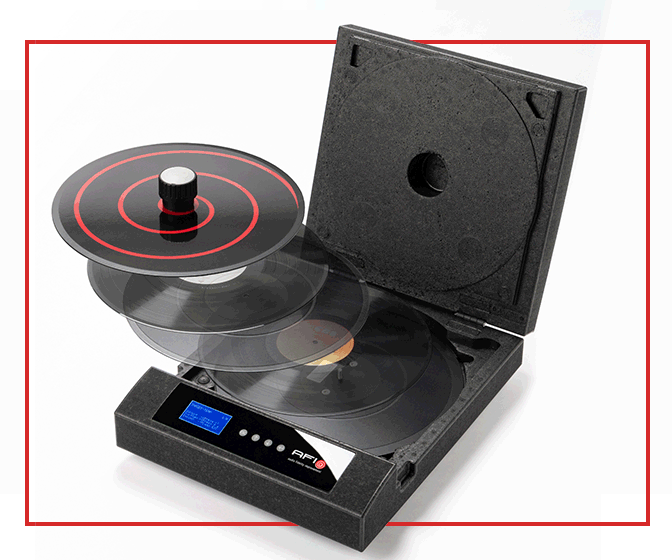







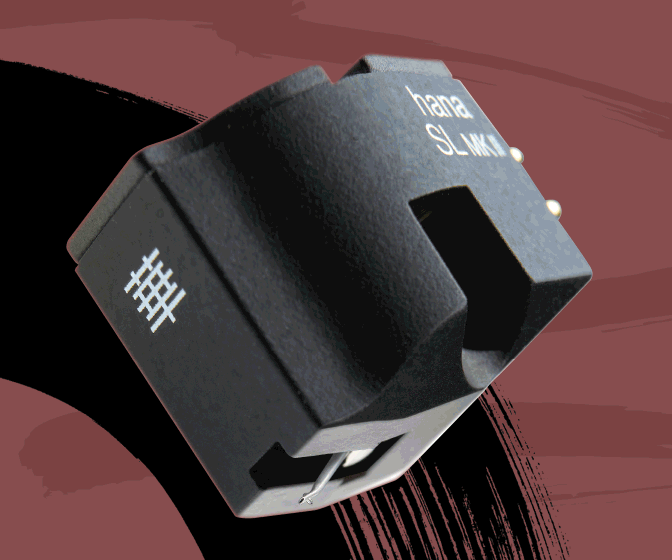


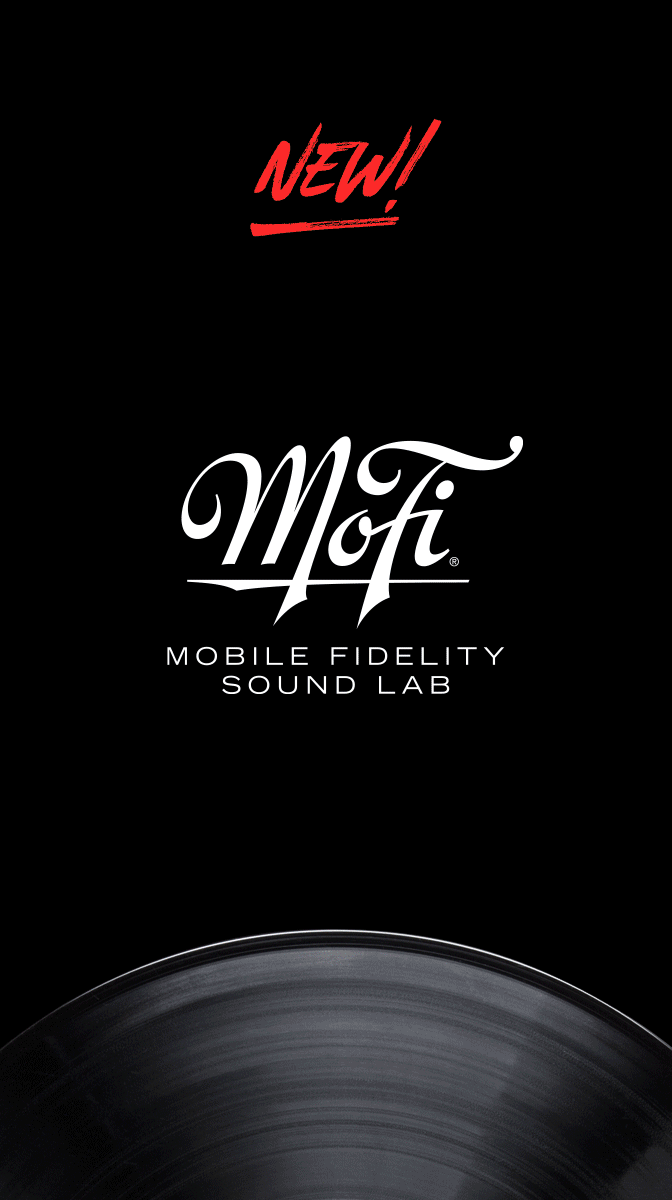

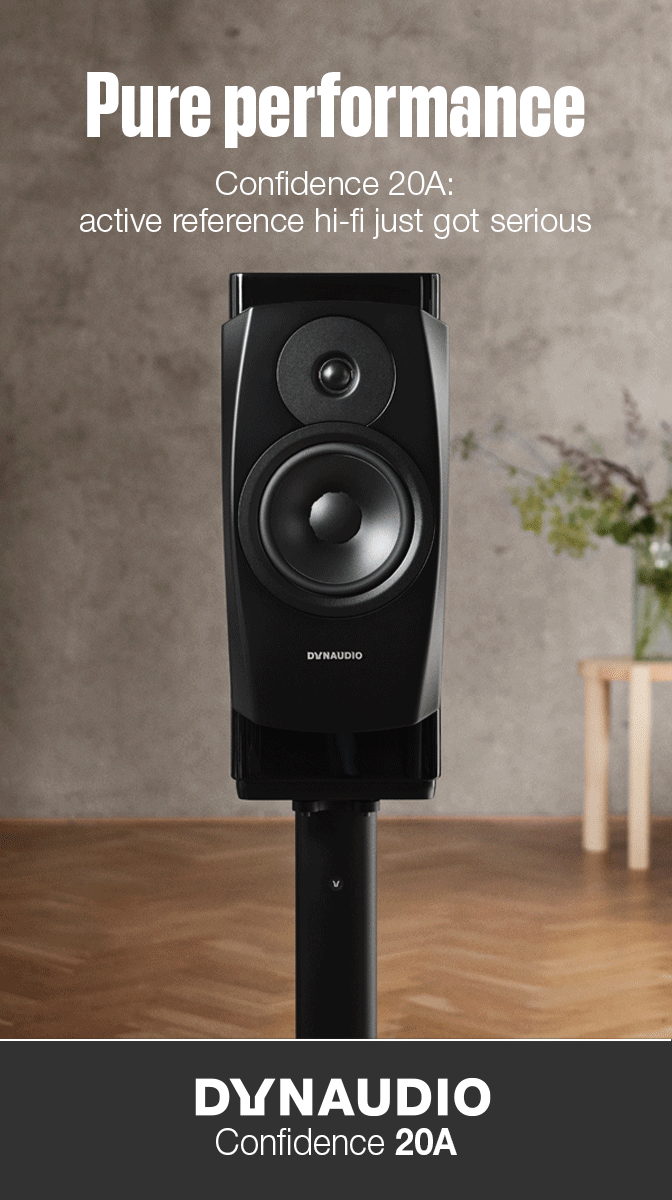
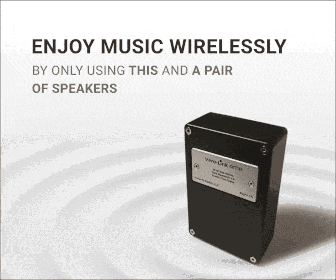


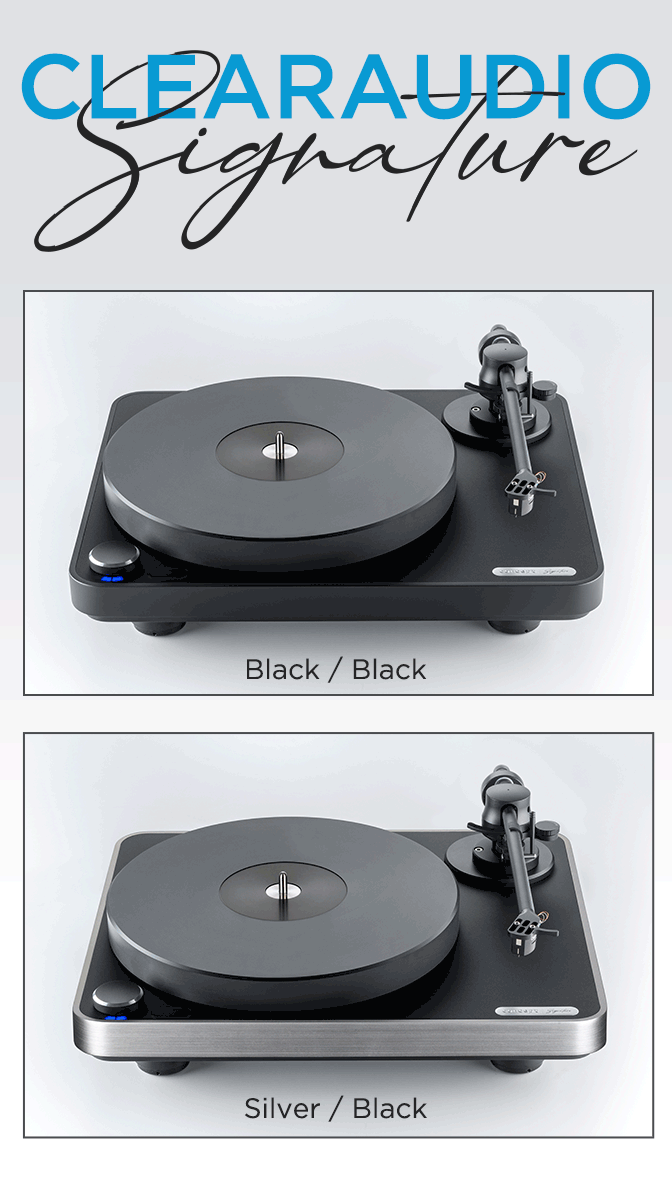



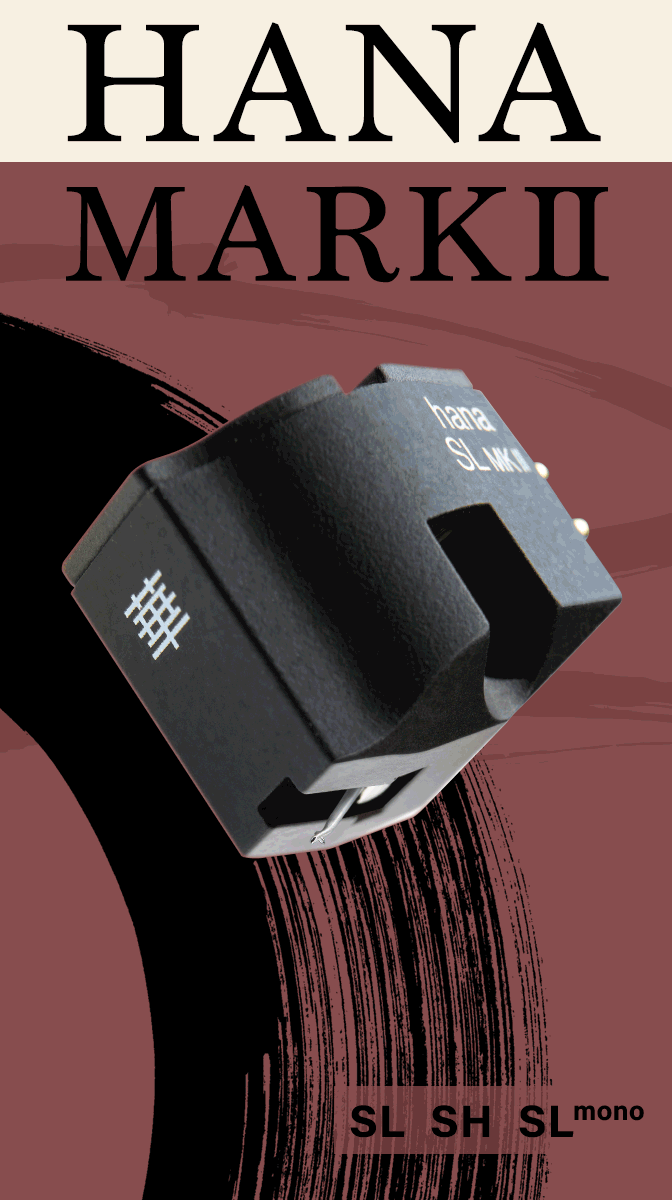


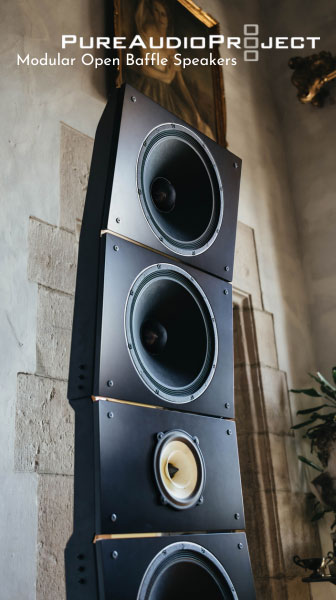






.png)








